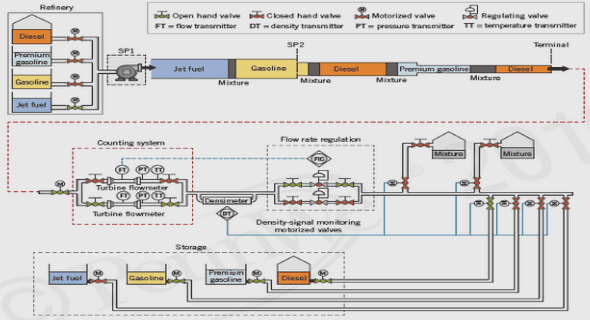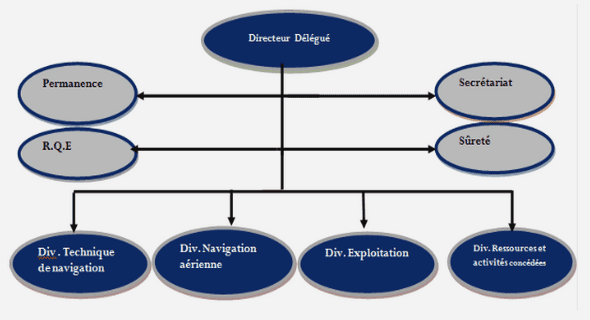VERS UN MATERIAU A LA RESILIENCE MECANIQUE DIMINUEE
ABSTRACT
The BtL (biomass to liquid) chain required fine particles to be produced before the introduction in the gasifier. Heat treatment of biomass is often recommended to increase the grindability of such fibrous materials. The present work is focused on the grindability of torrefied wood. To be representative of the grinding conditions, an impact device was designed and developed to evaluate the mechanical behavior of wood at high compression rates. This machine has been used to test two wood species (pine and oak) in two material directions (radial and tangential). Our results allowed the loss of mechanical strength caused by the torrefaction to be quantified. As intensity of the heat treatment increases, the material becomes more fragile and finally loses its fibrous behaviour which increases the number of peak events on the stress/strain curve and significantly reduces the deformation energy.
INTRODUCTION
In order to face to the fossil fuel crisis and the global warming, the use of renewable energy is promoted worldwide. Energy from biomass is one of this renewable energy, which has to be promoted as long as its production is not in competition with food production. Once dried, this energy is easy to store, which is a huge advantage compared to other renewable energy sources. Several sources of biomass, such as wood, straw, agriculture residues, wastes fulfill this criterion. This study is focused on woody biomass, which represents ca. 80% of the production of ligno-cellulosic materials in the world. One interesting way to produce biofuel from biomass is gasification followed by a FisherTropsch synthesis. However, fine particles are required to improve reaction rates, gas yield and flowability of materials inside the process (Simmons 1986; Bergman et al. 2005; Wei et Chapitre 4 130 al. 2006). As the fibrous and heterogeneous structure of biomass renders the grinding operation complex and demanding in energy, a pretreatment is required in this multistep process from biomass to liquid (BtL). In this domain, torrefaction seems to be a good way to facilitate this grinding step and to homogenize the technological properties of biomass. Torrefaction consists in the exposition of biomass at temperature levels ranging from 180°C to 280°C in an inert atmosphere such as nitrogen (Bourgeois 1989). These conditions induce several chemical modifications of the cell wall, such as degradation of hemicelluloses (Avat 1993) and condensation of lignin (Weiland and Guyonnet 2003). Consequently, the technological properties are strongly affected: change in colour (Bekta and Niemz 2003), increase of durability against fungi (Hakkou et al. 2006), decrease of hygroscopicity and shrinkage (Almeida et al. 2009)… Torrefaction also affects the mechanical properties of wood (Unsal and Ayrilmis 2005 ; Esteves et al. 2007) easing its grinding and reducing the need for grinding energy (Bergman et al. 2005; Repellin et al. 2010). For this purpose, the main technique used is to measure the power consumption of a grinder to grind heat-treated wood into a new product with wellknown characteristics (particles size distribution, quantity of particles…). Nevertheless, rigorous and reproducible tests are still to be developed to quantify the effect of heattreatment regarding grindability, namely as a function of species, temperature level and treatment duration; especially at a sample scale. The aim of this paper is to assess the role of torrefaction on the grinding behaviour. In particular, to be closer to the grinding conditions, an impact device was specially conceived and developed to evaluate the mechanical behavior of wood at high compression rates (Pierre et al., 2011). Using this device, the grinding behavior of maritime pine (Pinus pinaster) and pedunculate oak (Quercus robur) torrefied under different extent of heattreatment was determined in radial and tangential directions.
MATERIALS AND METHODS
Material selection and torrefaction procedure
The wood samples tested in this study were obtained from a maritime pine tree (Pinus pinaster), nearly 20 years old, from south-eastern France and a pedunculate oak tree (Quercus robur), nearly 35 years, from eastern France (Brin Forest). Seven defect-free blocks per species with a straight grain angle and an annual growth width of nearly 3 mm were cut in the longitudinal direction of the log. The samples were stored under laboratory conditions before being oven-dried at 103°C (± 2 °C) up to equilibrium. Vers un matériau à la broyabilité augmentée 131 Then, the anhydrous mass (M0) was determined to the nearest 0.001 g using a digital balance and the samples were stored in a desiccator containing silica gel until torrefaction. Torrefaction was performed with a device specifically developed in our laboratory for this purpose (Colin et al. 2007). Samples were treated at 220, 250 or 280°C for 1 or 5 hours under nitrogen according to the following protocol: (a) heating rate of 5 °C/min up to 100 °C; (b) plateau at 100 °C for 30 minutes; (c) heating rate of 5 °C/min until the final treatment temperature is reached then maintained at this level for 1 or 5 hours; and (d) decrease in temperature by 2 °C/min down to 150 °C (Pierre et al. 2011a). After treatment, the anhydrous mass (M0T) was measured in order to determine the mass loss caused by the heat treatment according to the following equation. 0 0 0 100 U T U M M ML M (1) where ML is the mass loss (%), M0U is the initial oven-dried mass of the wood sample before heat treatment, and M0T is the oven dried mass of the wood sample after heat treatment. After torrefaction, 6 paired cubic samples with dimensions 10 × 10 × 10 mm3 (R, T, L) were carefully sliced from these blocks using a diamond wire saw. All samples had the same number of latewood layers with roughly the same ring width. The upper surface of each sample was prepared for observation using a slide microtome (Microm HM 440E). The average basic wood density (oven-dry mass to green volume) of heat treated wood samples was determined according to standard methods. 2.3.2. Mechanical properties The grindability of torrefied wood has been assessed by the determination of its mechanical behavior under high compression rates. A new experimental impact device has been used for this purpose. (Pierre et al., 2011b). This impact system consists of a moving trolley, equipped with an accelerometer, which is thrown against a fixed trolley. The sample is attached to the fixed trolley and the acceleration of the moving trolley during the impact is integrated twice to obtain the strain/stress curve. A high speed camera synchronized with a high-powered xenon flash records up to 4000 frames/second (figure IV-1). More detail about the technical aspects of this device may be found in Pierre et al. (2011b)


